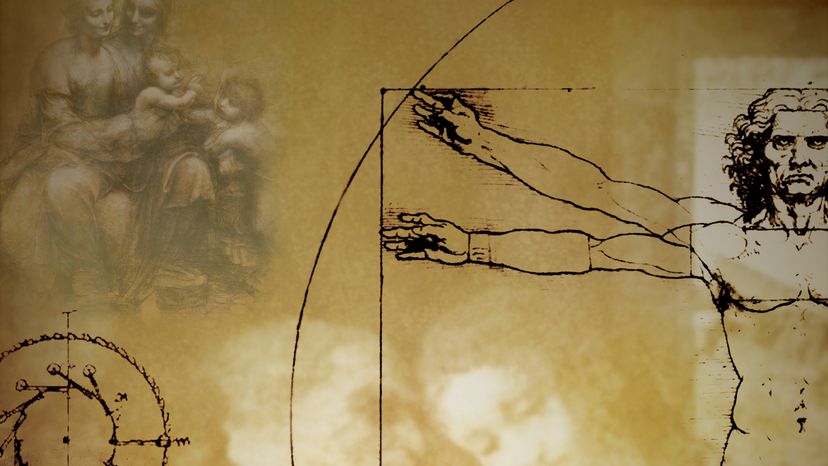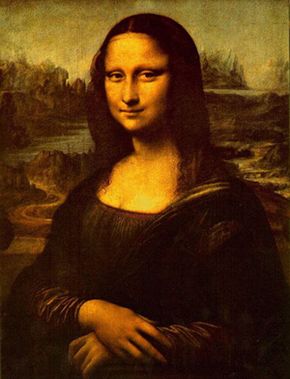
Since its 2003 publication, "The Da Vinci Code" has caused quite a stir. Since its debut to glowing reviews, it has sold more than 40 million copies in at least 44 languages [ref]. In addition to being a bestseller, it's sparked a lot of controversy. It's a work of fiction, but it presents itself as based in fact, and many critics have raised questions about whether those facts are accurate.
It's no secret that the HowStuffWorks staff likes to take things apart and see what makes them tick. Some of us are also the kind of sticklers who point out science and technology mistakes in TV shows and movies, much to the chagrin of the people listening. But when we heard about the controversy surrounding "The Da Vinci Code," we couldn't resist picking it apart.
Advertisement
In this article, you'll learn what happened when we took a close, hard look at "The Da Vinci Code" and how it uses science, technology, art and history.
Trouble at the Louvre
"The Da Vinci Code" begins with a crime at the Louvre Museum in Paris. At the behest of someone known as "the Teacher," a man named Silas murders curator Jacques Saunière. After reviewing the evidence, French investigators summon Harvard symbologist Robert Langdon for questioning.
Captain Bezu Fache of the Direction Centrale Police Judiciaire (DCPJ) is sure that Langdon is the murderer. Fache has one of his lieutenants plant a GPS dot in Landon's pocket. It's a "metallic, button-shaped disk, about the size of a watch battery." This dot, according to cryptographer Sophie Neveu, is accurate to two feet and lets the DCPJ track Langdon's location, no matter where he is. In other words:
- It's tiny.
- It's amazingly accurate.
- It works indoors.
However, real global positioning system (GPS) devices:
- Can be small, but they're usually bigger than a watch battery. The unit described in the book would also have to fit a power source and a second radio transmitter into its tiny shell in order to communicate with police computers.
- Are accurate to somewhere between 13 and 328 feet (4 and 100 meters).
- Don't work well indoors, under dense tree cover or in urban areas with tall buildings.
A GPS receiver uses the position of three or more satellites to determine a person's location -- not one, as implied in the novel.
One fact explains all of these points -- by definition, a GPS receiver uses radio waves to communicate with satellites that are 11,000 miles above the Earth's surface. The receiver has to have an unbroken line of sight to these satellites, something it doesn't have indoors. Even military GPS technology can't typically get a fix on a soldier who is in dense tree cover or otherwise concealed. Check out How GPS Receivers Work to learn more.
The troublesome GPS dot keeps causing problems as the story moves along. Sophie tells Langdon that if he throws the dot away, the DCPJ officers will see that it is no longer moving and know he's onto them. She comes up with an ingenious plan. She imbeds the receiver in a bar of soap, breaks a restroom window and throws the soap onto the roof of a passing truck.
That seems like a good plan, and it works. The officers rush to apprehend the truck, believing that Langdon is on the roof. This buys him and Sophie some time. Unfortunately:
- The restrooms of the Louvre have liquid soap, just like most other public restrooms.
- According to a "Da Vinci Code" tour guide, the restrooms in that part of the Louvre do not have windows [ref].
In spite of its inaccuracies, this move does buy Sophie and Langdon some time. But the mistakes in the Louvre don't stop there. Check out what else goes wrong in the museum in the next section.
Advertisement

